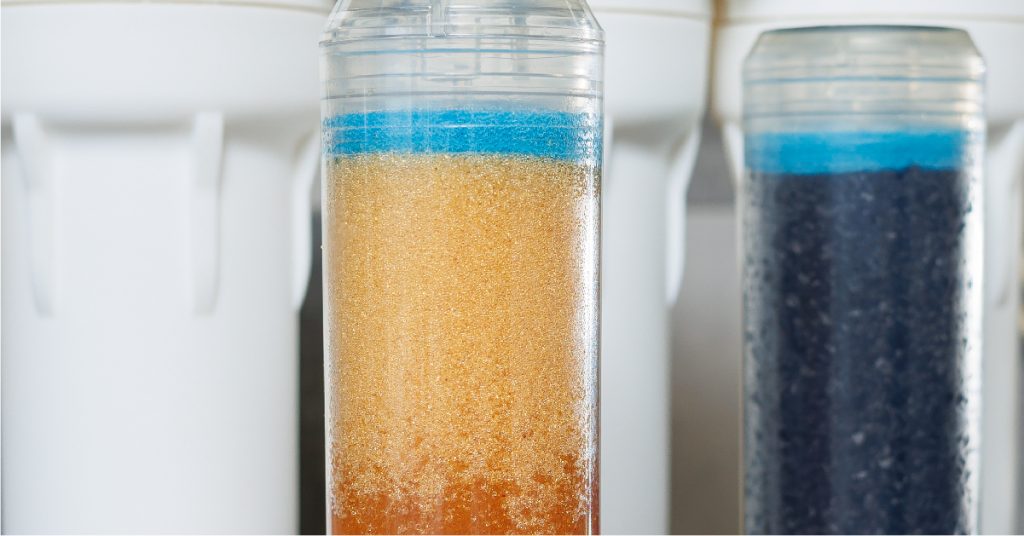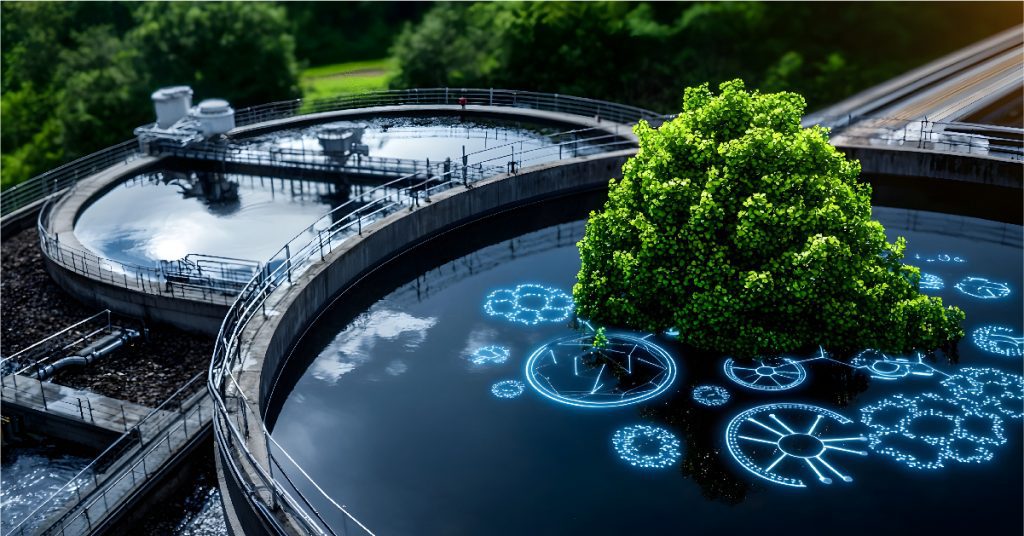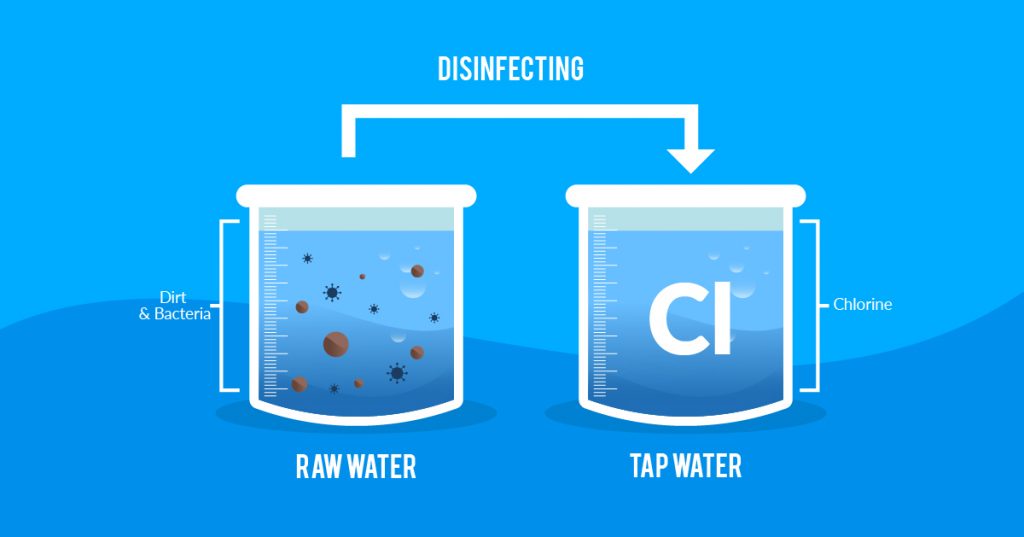As water quality becomes an increasingly critical concern across the United States, both residential and industrial sectors are looking for reliable, energy-efficient, and cost-effective purification methods. Among the various technologies available, nanofiltration is emerging as a versatile solution that bridges the gap between traditional filtration and advanced membrane-based systems.
This blog explores what nanofiltration is, how it works, the applications it serves, and how it compares to reverse osmosis—helping you understand whether it’s the right fit for your water treatment needs.
What is Nanofiltration?
To understand its advantages, we must begin by asking: what is nanofiltration? Nanofiltration (NF) is a membrane filtration process that lies between ultrafiltration and reverse osmosis in terms of pore size and performance. It uses a semi-permeable nanofiltration membrane that removes particles in the nanometer range, including divalent salts, organic molecules, bacteria, and viruses—while allowing smaller monovalent ions like sodium and chloride to pass through.
This makes nanofiltration ideal for applications where partial demineralization is desired, and where preserving certain beneficial minerals is more important than achieving ultra-pure water.
How the Nanofiltration Process Works?
The nanofiltration process uses pressure to force water through a thin-film membrane. The membrane acts as a selective barrier, rejecting larger ions and molecules while allowing water and smaller solutes to pass.
Key components of a typical nanofiltration system include:
- Feedwater Pump: Provides the pressure needed for membrane separation.
- Pre-filtration System: Removes larger particles to prevent membrane fouling.
- Nanofiltration Membrane Module: The heart of the system, responsible for the actual filtration.
- Post-treatment Options: Depending on the end use, the filtered water may be blended, disinfected, or remineralized.
Nanofiltration vs Reverse Osmosis: Understanding the Difference
A common question arises when comparing membrane technologies: nanofiltration vs reverse osmosis—which is better?
- Salt Rejection: Reverse osmosis (RO) removes nearly all salts, including monovalent ions like sodium and chloride. Nanofiltration, on the other hand, removes most divalent and larger monovalent ions but allows some sodium and chloride to pass. This makes NF better suited for applications where a lower level of demineralization is acceptable or preferred.
- Energy Use: Nanofiltration operates at lower pressures compared to RO, resulting in lower energy consumption and reduced operational costs.
- Water Recovery: NF systems typically offer higher recovery rates than RO, reducing water wastage.
- Taste and Mineral Retention: Because nanofiltration does not remove all minerals, the treated water often retains a more natural taste and can be more desirable for drinking purposes.
Industrial Applications of Nanofiltration in the USA
Nanofiltration is being increasingly adopted across a range of industrial sectors:
- Food & Beverage Processing: Used for dairy concentration, juice purification, and sugar decolorization.
- Pharmaceutical Manufacturing: Provides high-quality process water and helps in solvent recovery.
- Chemical Industry: Assists in separating valuable chemicals and removing unwanted ions.
- Textile Industry: Removes color and organic compounds from dye wastewater.
- Power Plants: Treats cooling tower blowdown and pre-treatment for boiler feed water.
Residential Use of Nanofiltration in the USA
In the residential sector, nanofiltration is gaining popularity as a middle-ground solution for households concerned with water quality but not requiring the complete demineralization offered by RO systems.
Common uses include:
- Well Water Treatment: Removes hardness, iron, nitrates, and organics while retaining essential minerals.
- Municipal Water Filtration: Offers a reliable option for households seeking better taste and reduced contaminants like pesticides, chlorine byproducts, and pharmaceuticals.
- Point-of-Entry Systems: Installed at the home’s main water line to ensure clean water throughout the household.
Advantages of Nanofiltration
- Lower Energy Costs due to reduced operating pressure
- Partial Demineralization with mineral retention
- High Contaminant Removal for organics, bacteria, viruses, and pesticides
- Compact and Scalable for both small and large applications
- Longer Membrane Life with proper pre-treatment and maintenance
HYDRAMEM Nano Filtration Membranes: Advanced Industrial Solutions by Ion Exchange
HYDRAMEM Cross-Linked Fully Aromatic Polyamide (Thin Film) Composite Nano Filtration Elements (NFEs) are engineered with a durable hard outer shell, making them ideal for demanding industrial applications that require high stability across a range of temperatures and pH levels. These advanced NFEs deliver superior rejection rates for bivalent ion removal, effectively softening brackish water, desalting dyes, treating textile brines, and recovering chemical salts. Their innovative design ensures efficient filtration, contributing to enhanced operational efficiency and cost savings in industrial water treatment processes. Some of our product range includes:
Conclusion
Whether it’s industrial process water or clean drinking water at home, nanofiltration offers a flexible, energy-efficient, and cost-effective solution for modern water treatment needs. By understanding what is nanofiltration, how the nanofiltration process works, and comparing nanofiltration vs reverse osmosis, users can make informed decisions based on their specific water quality goals.





